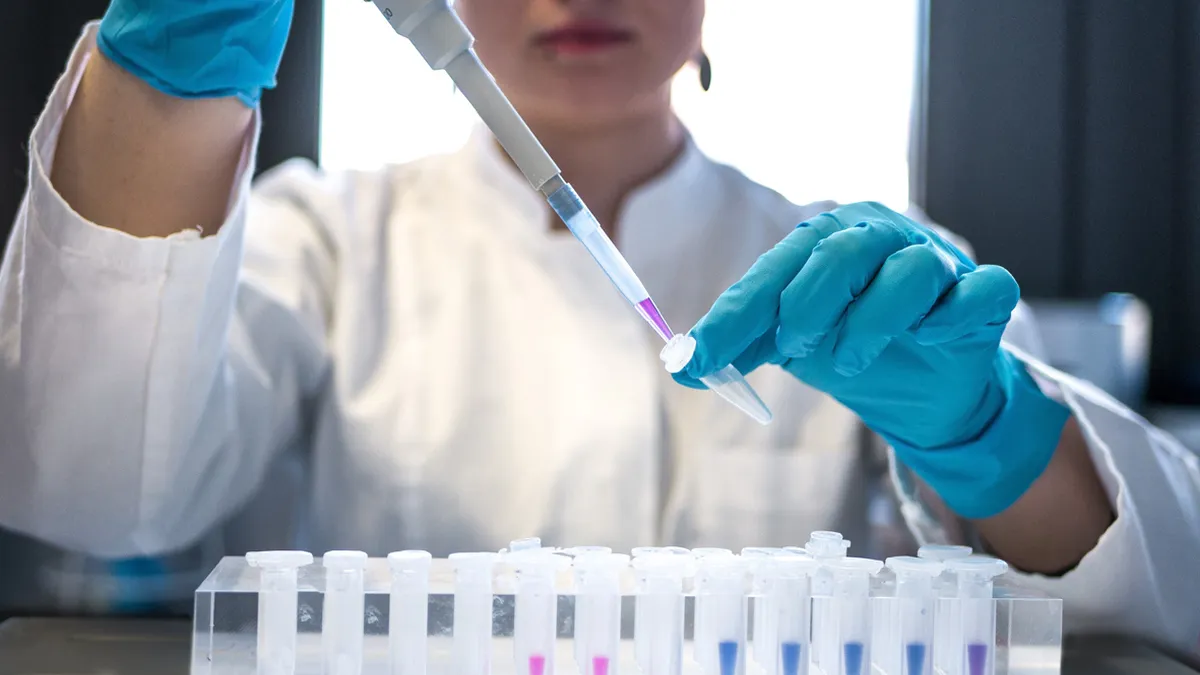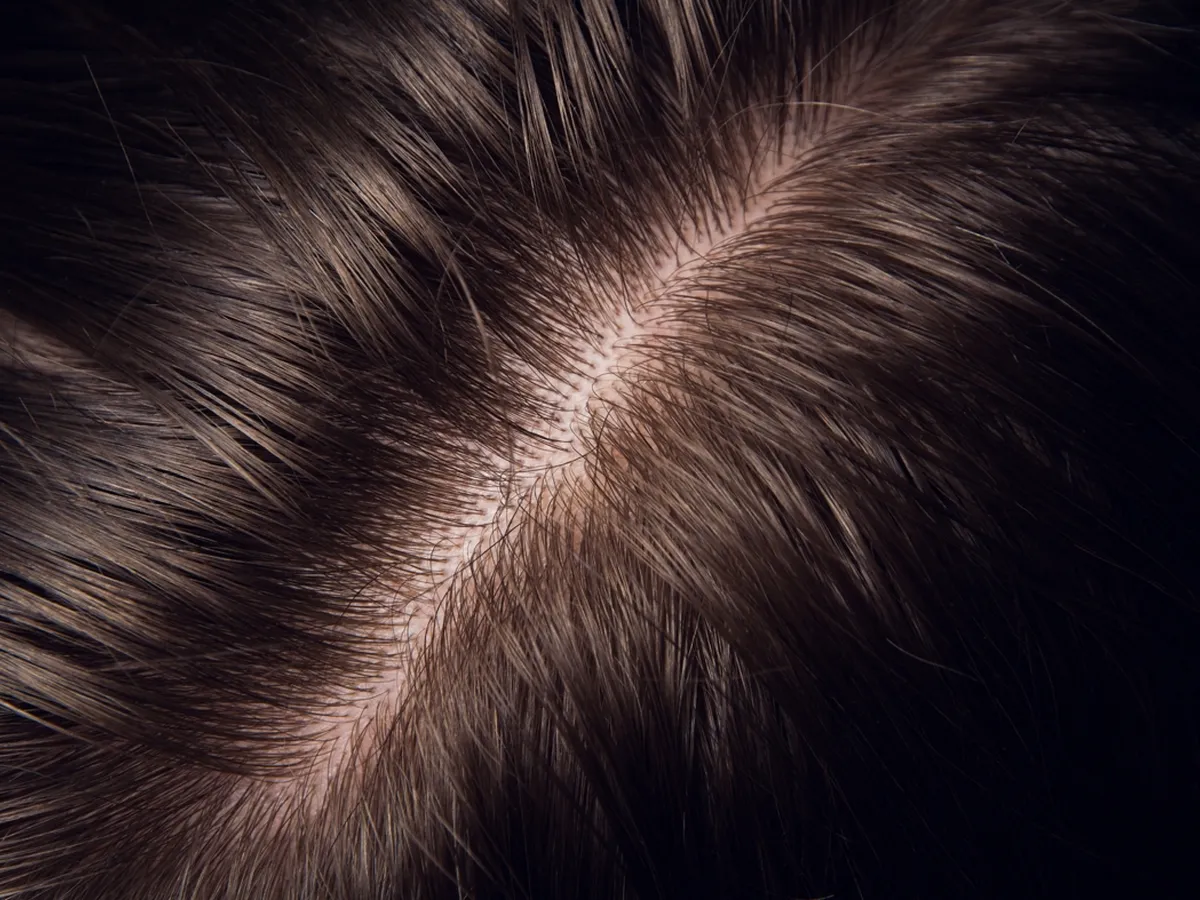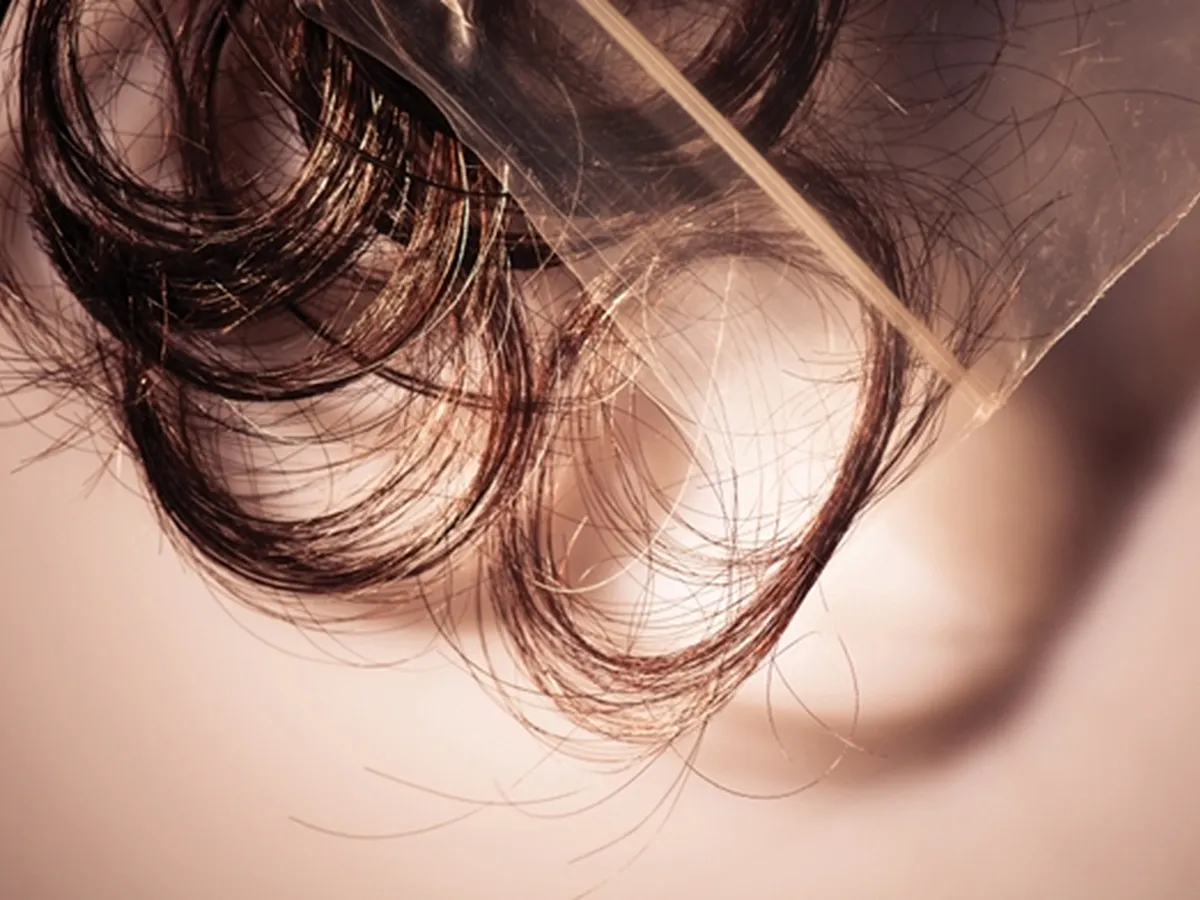How does hair and blood alcohol testing work?
It is important that you understand how hair and blood alcohol testing works before your sample collection appointment and laboratory analysis.

Hair alcohol testing
The hair alcohol test analyses biological markers (EtG and FAEE) that could be indicative of alcohol consumption over time.
FAEE finds its way into the hair mainly by diffusion from an external layer, this is an oily substance secreted by glands in the skin. EtG markers are formed almost exclusively in the liver and then deposited into hair mainly from sweat. The more markers found in the hair; the more alcohol has been consumed.
Cosmetics Chemical treatments and bleaching can reduce the levels of EtG from the hair, it is recommended that EtG and FAEE are tested if your hair has been bleached or dyed.
Please be advised that regular use of hair cosmetics that contain alcohol can strongly increase FAEEs in the hair which can influence the results to show excessive alcohol consumption. When comparing the two markers most laboratories base their interpretation on the result for EtG due to it being produced by the liver and it is less prone to false positive results.
We don’t recommend that the hair is segmented for alcohol use due to the way the alcohol markers incorporate into the hair strand, as they’re mainly deposited through sweat. It is recommended by the Society of Hair Testing (SoHT) that alcohol hair testing should be conducted as an overview of a 3 month or 6 month period. This segmentation may lead to false findings, causing an erroneous overestimation of alcohol consumption.
Due to the science of hair alcohol testing, we will always recommend having a blood alcohol test or PEth blood test in conjunction with it. This is considered the gold standard for alcohol testing and will provide a good overall analysis of alcohol consumption.
Hair growth rates
Hair can be taken from anywhere on the head or body (pubic and underarm hair cannot be used for alcohol testing) , however, we recommend that head hair is used due to biological factors that influence hair growth rate.
- Head Hair: 1 cm = 1 month,
- Body Hair: 1 cm = 1 month + 90 days
Body hair cannot be segmented or cut down, this means the whole hair sample will be analysed.
Hair testing is not exact and if the drug was taken or alcohol consumed slightly before the period of analysis, this still may show up in the hair, depending on how quickly the hair grows and a particular growth pattern of the hair called the telogen phase.

Blood alcohol testing - CDT, LFT & FBC
The Liver Function Test (LFT) measures various enzymes in the blood that are produced by the liver. An abnormal result indicates a problem with the liver e.g. an elevated Aspartate Aminotransferase (AST) value is a biochemical indicator of liver damage and possible alcohol abuse. We test a panel of markers including Total Bilirubin, AST, ACT, ALP and Gamma GT to ensure the result is as accurate as possible.
Carbohydrate Deficient Transferrin (CDT), is a widely recognised specific bio-marker of chronic alcohol consumption. In cases where the sample donor is abusing alcohol, you would expect to see an elevated CDT reading. The CDT analysis covers a period of approximately 2 weeks, whereas an abnormal LFT result is caused by sustained excessive drinking.
Blood alcohol testing - PEth
Phosphatidylethanol (PEth) is a very specific alcohol biomarker and provides the highest sensitivity for the detection of current regular alcohol consumption.PEth enables the discrimination of heavy versus moderate or occasional drinkers, and can monitor abstinence within the past month. Age, gender, health or previous alcohol issues do not impact on the results.
Phosphatidylethanol (PEth) only forms in the presence of Ethanol, meaning it is a direct marker for alcohol intake. PEth is eliminated from the body in about 30 days, meaning the window of detection is often given as one month.
Service related articles...
Head Office
Crystal Health Group
The Old Chapel
Manchester
M30 0NG





